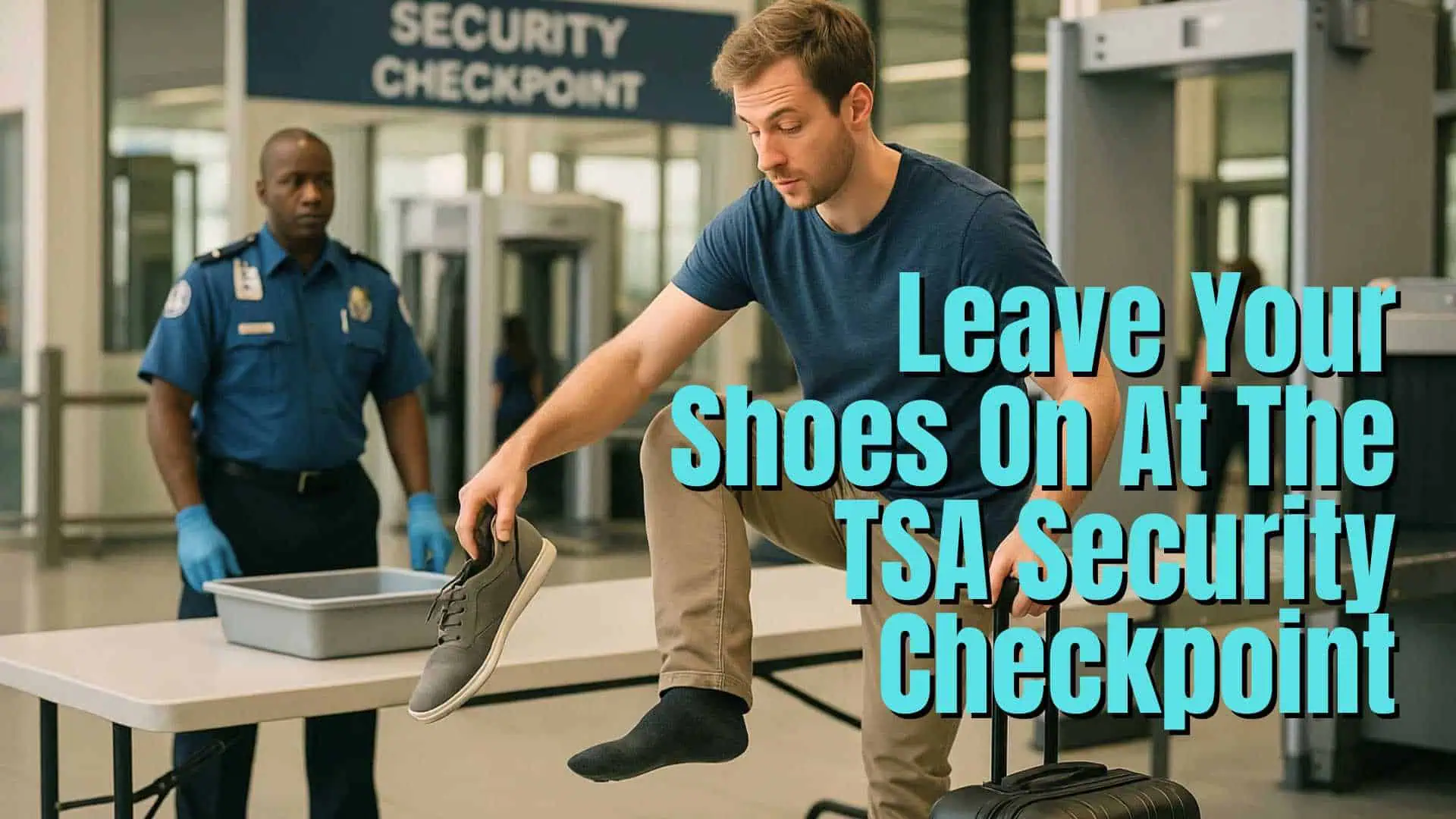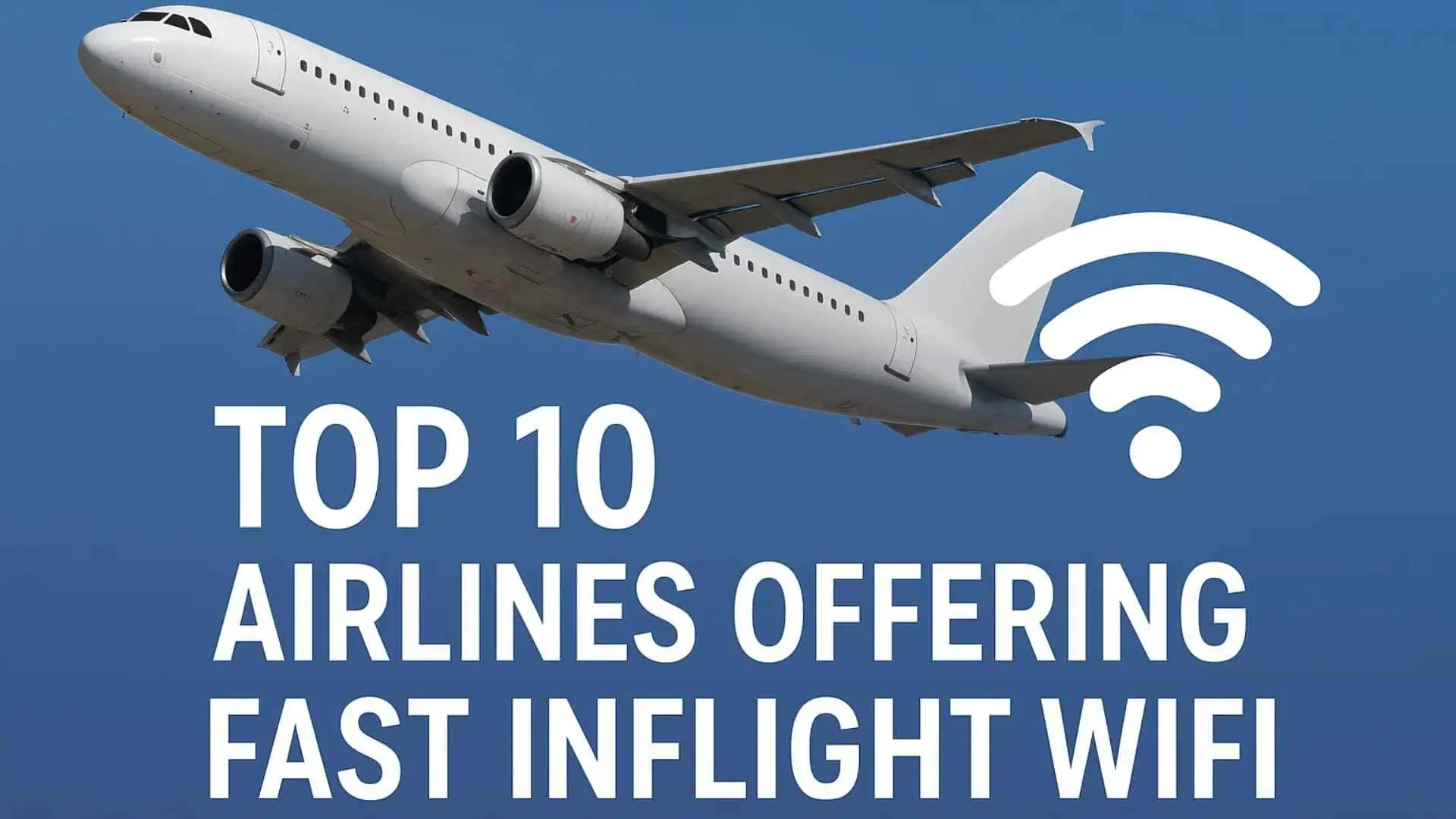Traveling can be exciting and stressful, especially when passing through airport security with liquids. Understanding the rules for carrying liquids on a plane is essential to avoid delays and ensure a smooth journey.
Knowing what to pack and how to pack it lets you easily breeze through the security checkpoint.
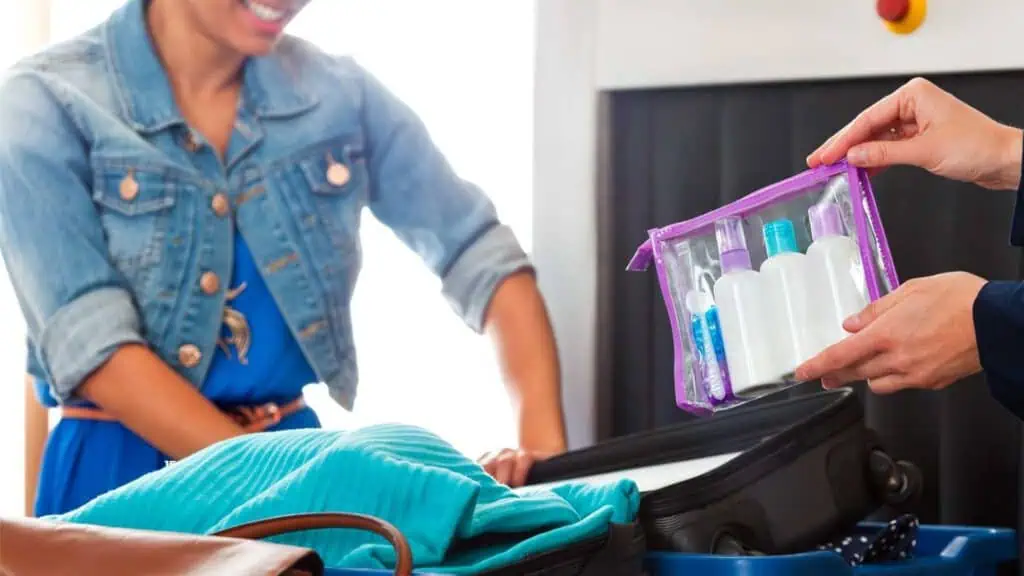
Airlines have strict regulations on the amount and type of liquids you can bring in your carry-on. These rules are in place to keep everyone safe and ensure a quick security process.
This article will guide you through the must-know rules for carrying liquids, helping you prepare for your next flight.
Contents
1. Must be 3.4 ounces or less
The TSA limits liquids packed for a flight to 3.4 ounces (100 milliliters) or less.
You can bring items like shampoo, lotion, and toothpaste in your carry-on. Just make sure each bottle is 3.4 ounces or smaller.
All your small containers should fit into one quart-sized clear plastic bag. This helps make the security process smoother.
If any liquid container is over 3.4 ounces, you can’t bring it through airport security. Even if the container is only half-full, it’s not allowed.
Remember, only travel-sized containers are permitted. This helps keep security checkpoints quick and safe for everyone.
Sticking to the 3.4-ounce limit ensures a stress-free experience at the airport.
2. All liquids in a single quart-sized bag
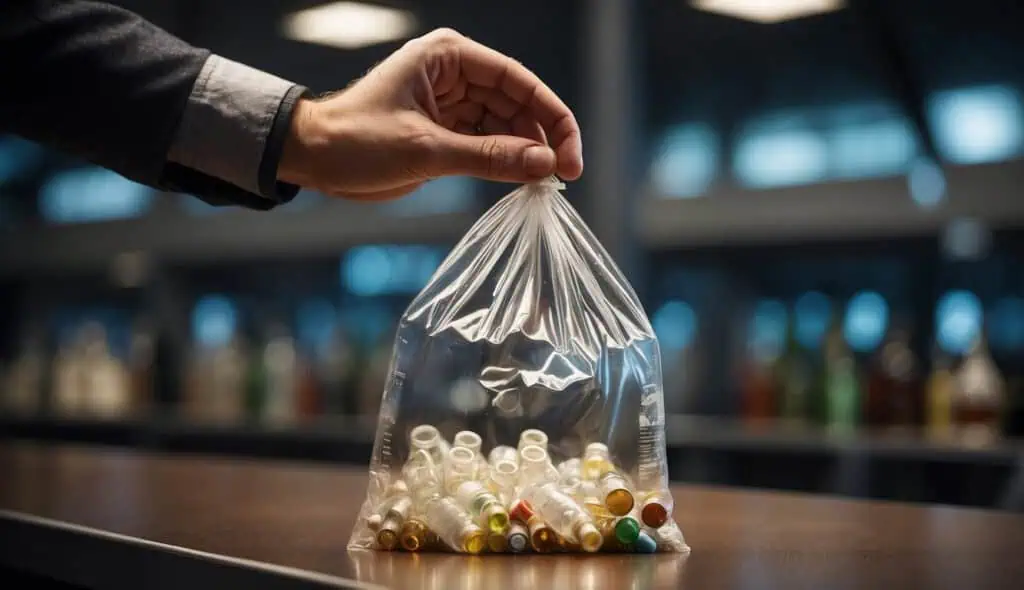
When you pack liquids for your flight, you must gather them in a single quart-sized bag. Each passenger is allowed only one of these clear bags. This bag helps TSA agents quickly check your liquids at the security checkpoint.
Ensure your liquids, gels, and aerosols fit in containers no larger than 3.4 ounces (100 milliliters). This is the rule for each item. Gather them all into one quart-sized bag. Your shampoo, toothpaste, and other items must be in travel-sized bottles.
When you go through security, this bag must be separate from your other carry-on items. It would be best to place it in a bin by itself so it is easy to inspect. The limit ensures a smooth and quick screening process for everyone.
Larger bags or extra items will not pass security. Even if the bag is a little bigger, it can cause delays. Be careful and measure if you’re unsure.
Bringing your liquids in a single quart-sized bag keeps things organized. You will breeze through the security check with no problems. It’s simple and helps everyone get to their flights on time.
3. Follow TSA’s 3-1-1 Rule
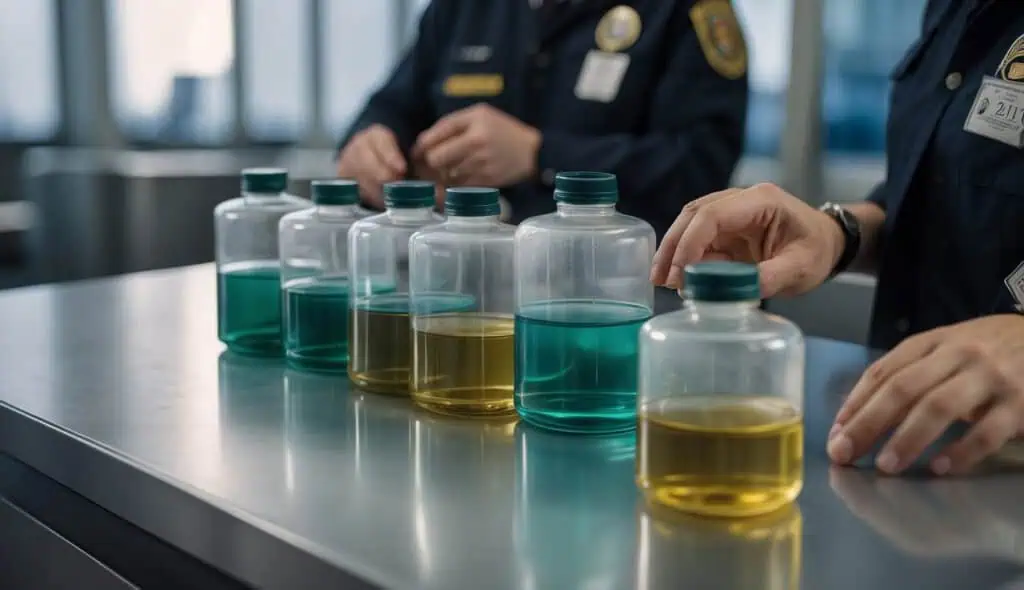
When packing your carry-on, remember the TSA’s 3-1-1 rule for liquids. Each liquid, gel, or aerosol container must be 3.4 ounces (100 milliliters) or smaller.
All your small containers need to fit into one clear quart-sized plastic bag. You are only allowed one of these bags per person.
Common items that should follow this rule include toothpaste, shampoo, conditioner, mouthwash, and lotion. Ensure none of your containers exceed the size limit to avoid any hassles at the checkpoint.
Before heading to the airport, double-check that your liquids are properly packed. This will help speed up your security process and make your travel smoother.
Following the 3-1-1 rule, you can ensure your trip starts on the right foot.
4. No large containers of liquid
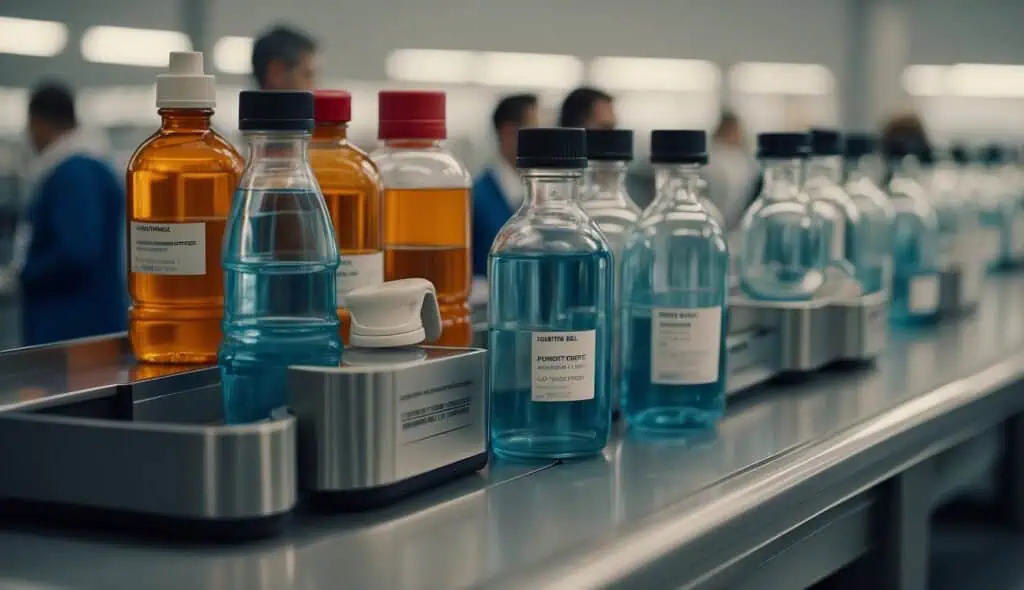
When flying, you must know that large containers of liquid are not allowed in your carry-on bags.
Each container must be 3.4 ounces (100 milliliters) or smaller. This rule helps ensure safety and makes the security process smoother for everyone.
Ensure all liquid items—including shampoo, toothpaste, and lotion — fit in one quart-sized, clear plastic bag.
Larger containers, even if partly full, will not be allowed through security. So, leave your big bottles at home or pack them in your checked luggage.
Always double-check the size of your liquid containers before heading to the airport to avoid any hassles.
Remember, sticking to the rules helps you and everyone else breeze through security without delay.
5. Declare Liquid Medicines
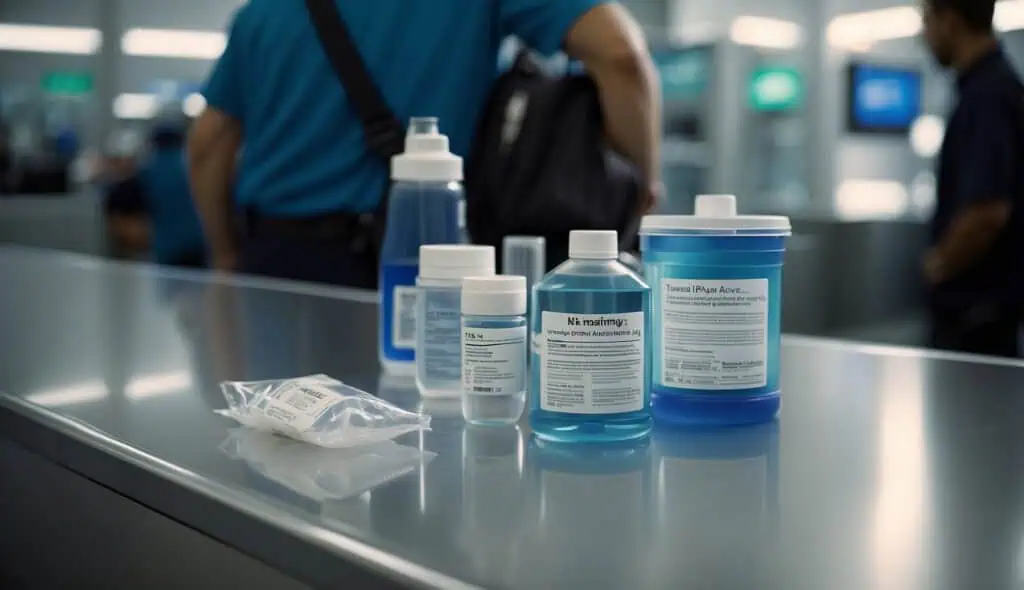
When you bring liquid medicines on a plane, you must declare them at the security checkpoint.
These medicines can weigh more than 3.4 ounces, but you must let the TSA officers know you have them.
You do this by telling the officer at the start of screening.
Be prepared to show the medicine for inspection.
It’s a good idea to keep your prescription label with the medicine.
This can help avoid any confusion.
They might pull your bag for extra screening if you don’t tell the officer.
To make things smoother, keep these liquids separate and easily accessible in your bag.
Doing this can help you get through security quicker and with less hassle.
6. Freeze liquids to solidify them
If you want to bring liquids that exceed the 3.4-ounce limit, freezing them can be an option. When liquids are frozen solid, the TSA often allows them through security with fewer restrictions.
It’s essential to ensure the liquids remain completely frozen when you pass through security. If they start to melt, they could be subject to the usual liquid rules.
Freezing liquids can be beneficial for baby formula, juice, or medication. Remember that TSA officers have the final say on whether an item is allowed.
So, always plan a backup if your frozen liquid isn’t permitted.
7. Use travel-sized toiletries
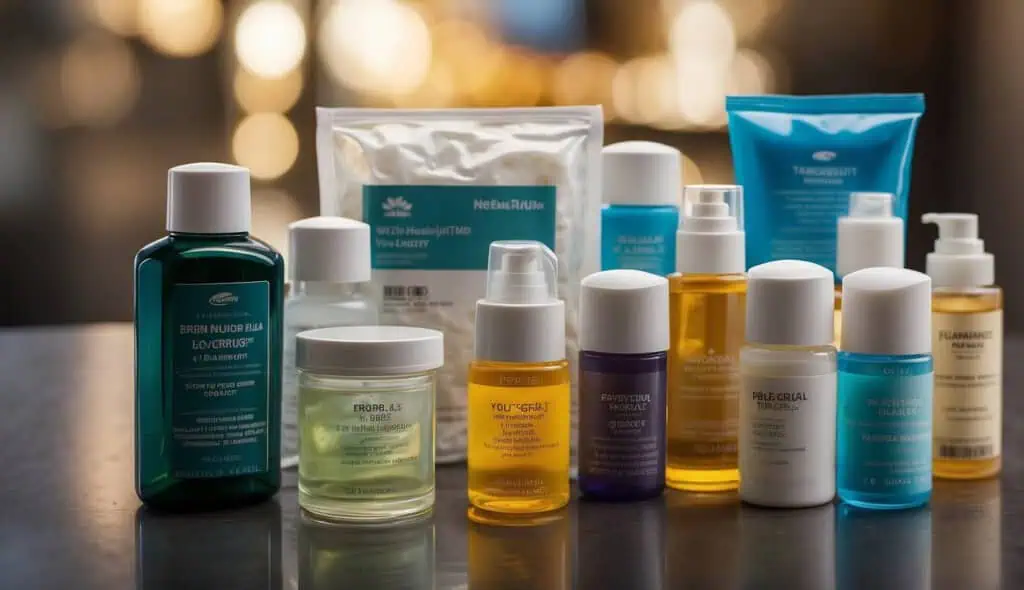
When packing for a flight, it’s important to use travel-sized toiletries. The TSA’s 3-1-1 rule says each liquid in your carry-on must be in a container of 3.4 ounces (100 milliliters) or less.
Using small bottles helps you comply with these regulations and saves space in your bag. You can find these travel-sized options at many stores and even online.
Another tip is to buy reusable containers. You can fill these with your favorite shampoos and lotions. This will help you follow the rules while using products you like.
Remember to put all these small bottles in one quart-sized ziplock bag. Everything in one place speeds up the process of going through the security checkpoint.
Understanding TSA Regulations
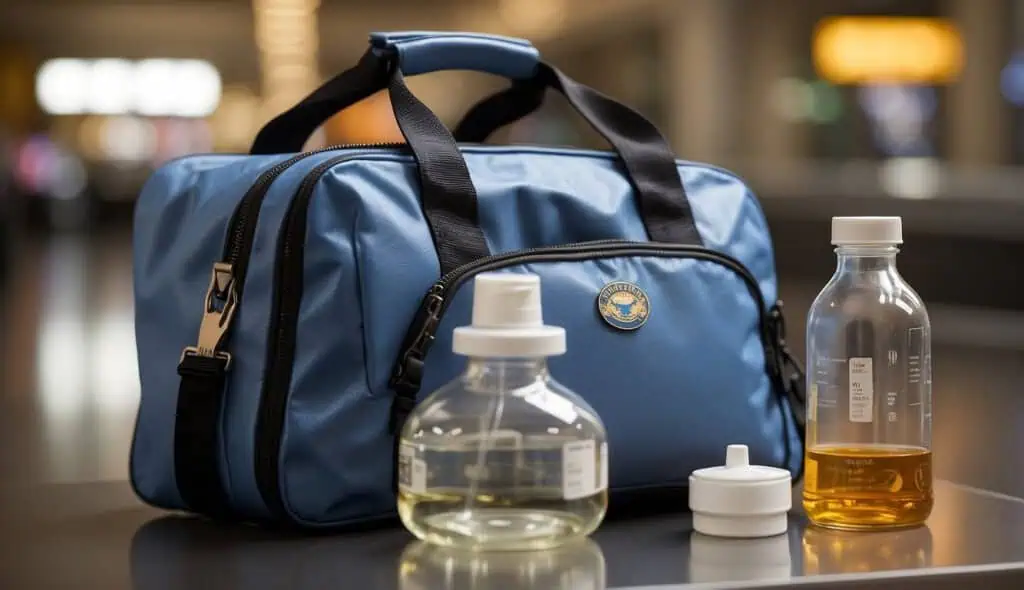
Understanding the rules about carrying liquids on a plane can save you time and hassle at the checkpoint. The TSA has guidelines for what you can and can’t bring in your carry-on bags.
The 3-1-1 Rule
The 3-1-1 Rule summarizes the TSA’s requirements for liquids:
- 3: Each liquid must be in a container of 3.4 ounces (100 milliliters) or less.
- 1: All containers must fit in a single quart-sized, clear plastic bag.
- 1: Each passenger is limited to one plastic bag.
This means no bottle can be larger than 3.4 ounces, and you can’t bring more than one quart-sized bag. Items like toothpaste, shampoo, lotion, and other toiletries must follow this rule. Aerosols, gels, and creams also fall under these regulations.
Exceptions to the Rule
There are exceptions to the 3-1-1 Rule.
Medications and baby items such as formula, breast milk, and juice are allowed. You can also bring items like frozen gel packs to keep things cool. Declare these items and present them for inspection at the security checkpoint.
Duty-free purchases are another exception. Liquids bought at duty-free shops can exceed the 3.4-ounce limit in secure, tamper-evident bags with visible receipts.
Knowing these exceptions, you can better prepare for your trip and avoid unnecessary delays.
Packing Liquids Efficiently
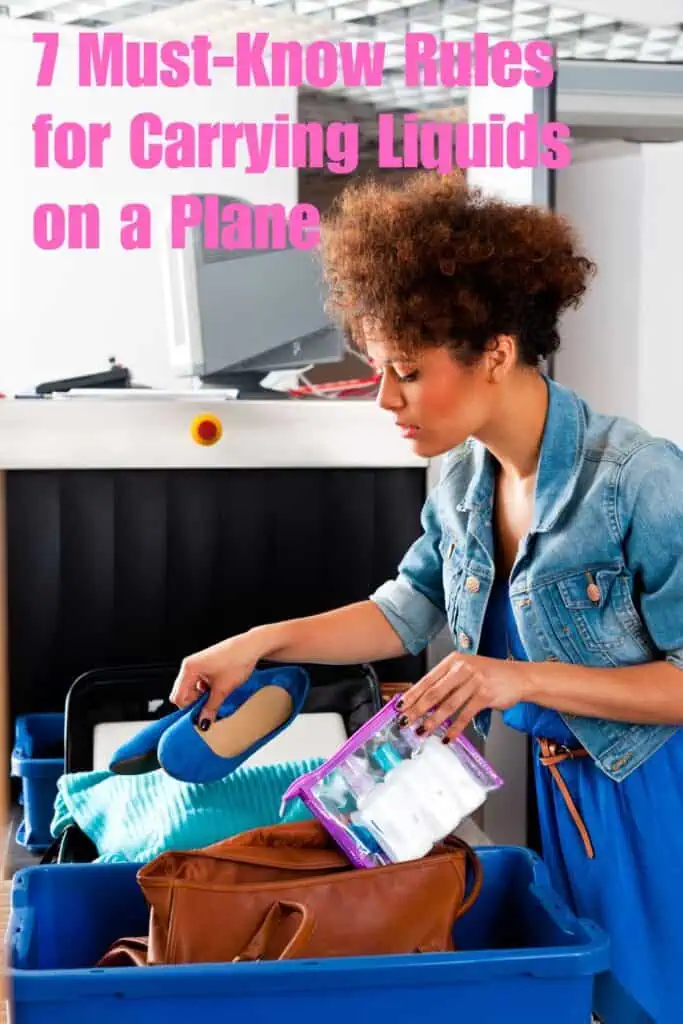
Packing liquids efficiently requires selecting the proper containers and using transparent bags to comply with airline regulations. These steps help you organize your items and ensure a smooth passage through security checkpoints.
Choosing the Right Containers
Regarding containers, your items must be in bottles of 3.4 ounces (100 milliliters) or less. This rule applies to all liquids, gels, creams, and pastes. Smaller containers ensure you can pack everything you need without exceeding the limit.
Opt for travel-sized bottles explicitly designed for air travel. These are often marked with their volume, making it easy to see if they meet the regulations. You can buy sets of these containers in stores or online, usually made for convenience and ease of use.
Squeezable silicone bottles can be a good option because they are flexible and reduce the risk of spills. They’re also typically easier to squeeze out every last drop of your liquid. Remember to label each container so you know what’s inside, especially if you’re carrying similar-looking substances.
Using Transparent Bags
All your 3.4-ounce containers must fit into a single quart-sized, clear plastic bag. The bag’s transparency is crucial, allowing security staff to inspect the contents quickly without opening it. A standard zip-top bag, like those zip-lock types, works well.
Ensure the bag seals properly and is durable enough to handle the rigors of travel. Sometimes, investing in a sturdier version designed for travel can save you from potential mid-trip messes. Ensure that the bag is completely sealed and that you don’t overpack it since this might cause it to tear or break.
Quick Tips:
- Lay bottles flat to maximize space.
- Place larger containers close to the bottom.
- Keep heavier items near the edges to prevent crushing other items.
Practicing these strategies helps you comply with airline regulations and keep your packing neat and manageable.
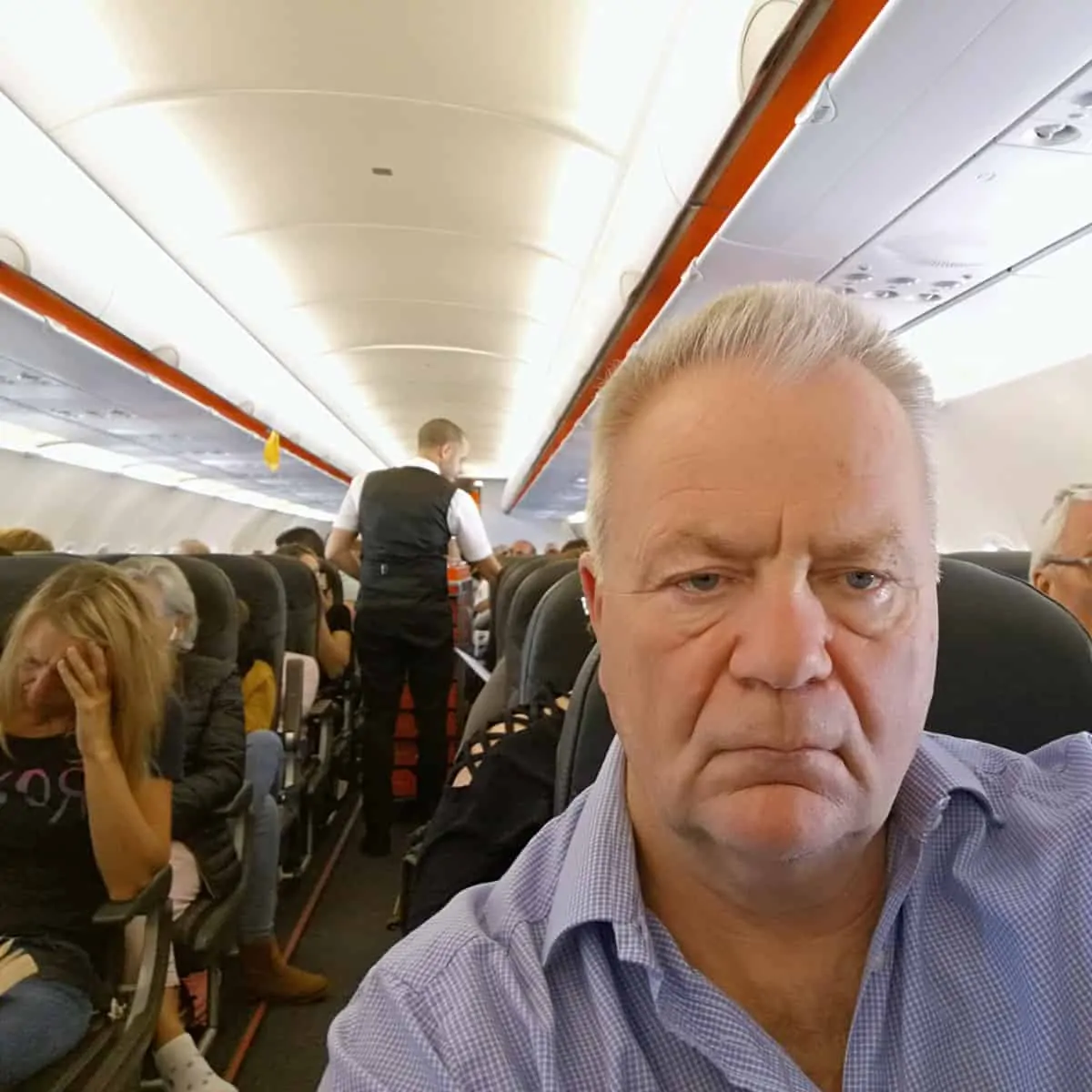
I have been traveling around the world by air since the early 70s and living overseas too. I worked for British Airways for a number of years and I am also a private pilot. About Me
